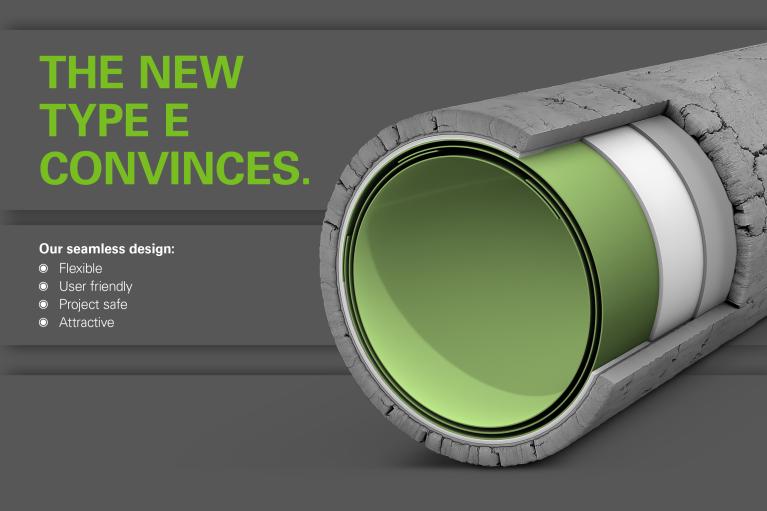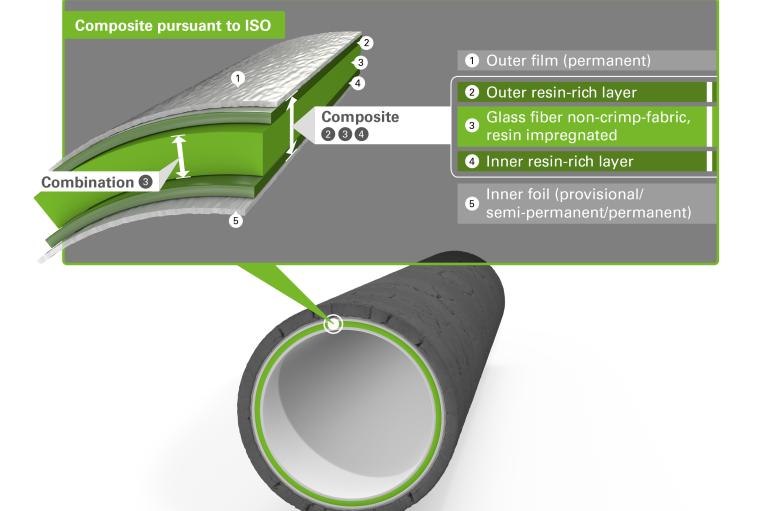Filter
-
Our digital customer portal is online
Read moreOrder a liner online in just a few clicks and view the most important documents at a glance? That is now possible with SAERTEX multiCom.
-
Sustainability in trenchless pipeline rehabilitation
Read moreAre you looking for a sustainable rehabilitation option for supply or wastewater pipes?
Rehabilitation using trenchless technology is in itself more sustainable than conventional construction methods. In addition, we have set ourselves the goal of increasing our contribution to CO2 savings even further. The topic of sustainability is therefore an integral part of our corporate strategy, which is continuously driven forward by Michael Lensing as Sustainability Manager at SAERTEX multiCom.
Watch the film about it.
-
Pipe Liners: Combined Wall Thickness and Unrealistic Moduli of Elasticity Adieu
Read moreThe so-called resin-rich layers of pipe liners have been subjected to very specific treatment on the German market since the introduction of DIN EN ISO 11296-4 in 2011. The scope for interpretation resulted in a competition developing to achieve the highest modulus of elasticity, which then became synonymous with high quality. However, the resulting characteristic values are dubious in terms of their technical basis. This practice continues to be upheld, although the update to the product standard has now rendered the basis unfounded. The introduction of the AoC document for pipe liners is another reason to deviate from the unique German path.
-
Wall Thicknesses for Cured-in-Place Pipe Liners
Read moreThe new version of the international product standard for cured-in-place pipe lining, ISO 11296-4, introduced a number of changes in 2018. New terms such as ‘design wall thickness’ and ‘composite’ necessitate greater adjustments for the industry than might initially be apparent. What will planners, manufacturers, testing institutes and construction companies need to consider in future? The following presents a technical article on how theory can be translated into practice, thereby ensuring greater transparency.
-
Open cut trench method vs. UV-CIPP
Read more48 trillion cubic meters of potable water! That's the amount of water lost annually due to defective water pipes. To avoid such wastage, it is important for defective pipes to be rehabilitated quickly. There are different remediation options for this.
-
CIPP: Annular space and structural integrity
Read moreThe regular existence of excessively large annular spaces between the CIPP and the existing pipeline after installation has been recently the subject of controversial discussions among experts. The various reasons for the annular space as well as the effects on structural integrity are discussed.In the following technical report by Dr.-Ing. Ricky Selle a systematic approach to the topic is made. The possible reasons for the formation of annular spaces are pointed out and classified in terms of their potential. On this basis, the effects on structural integrity of the liners can be quantified.


